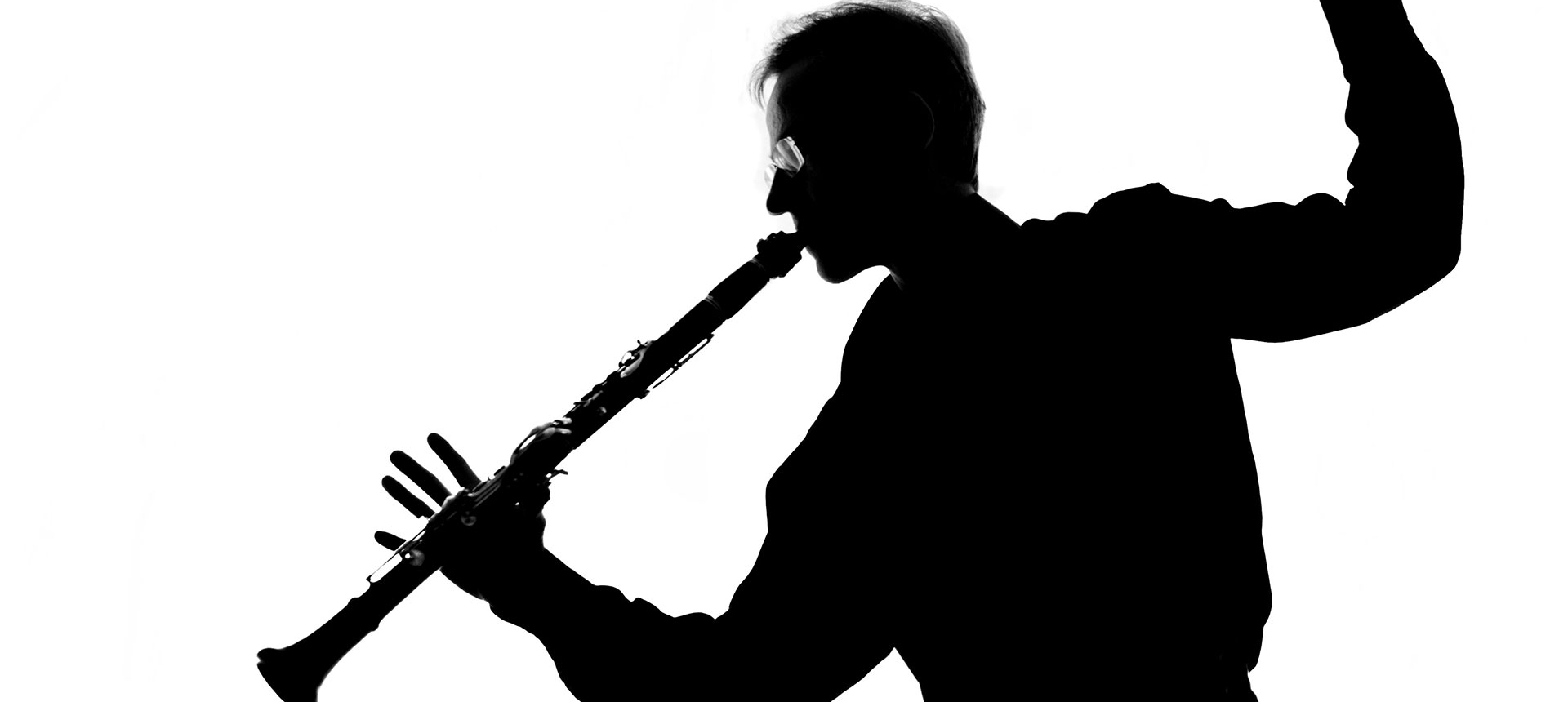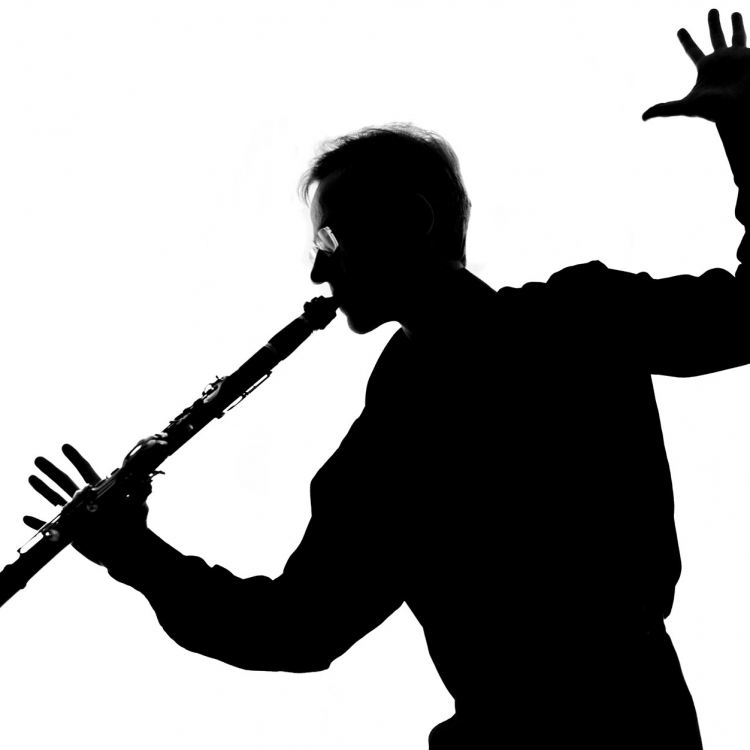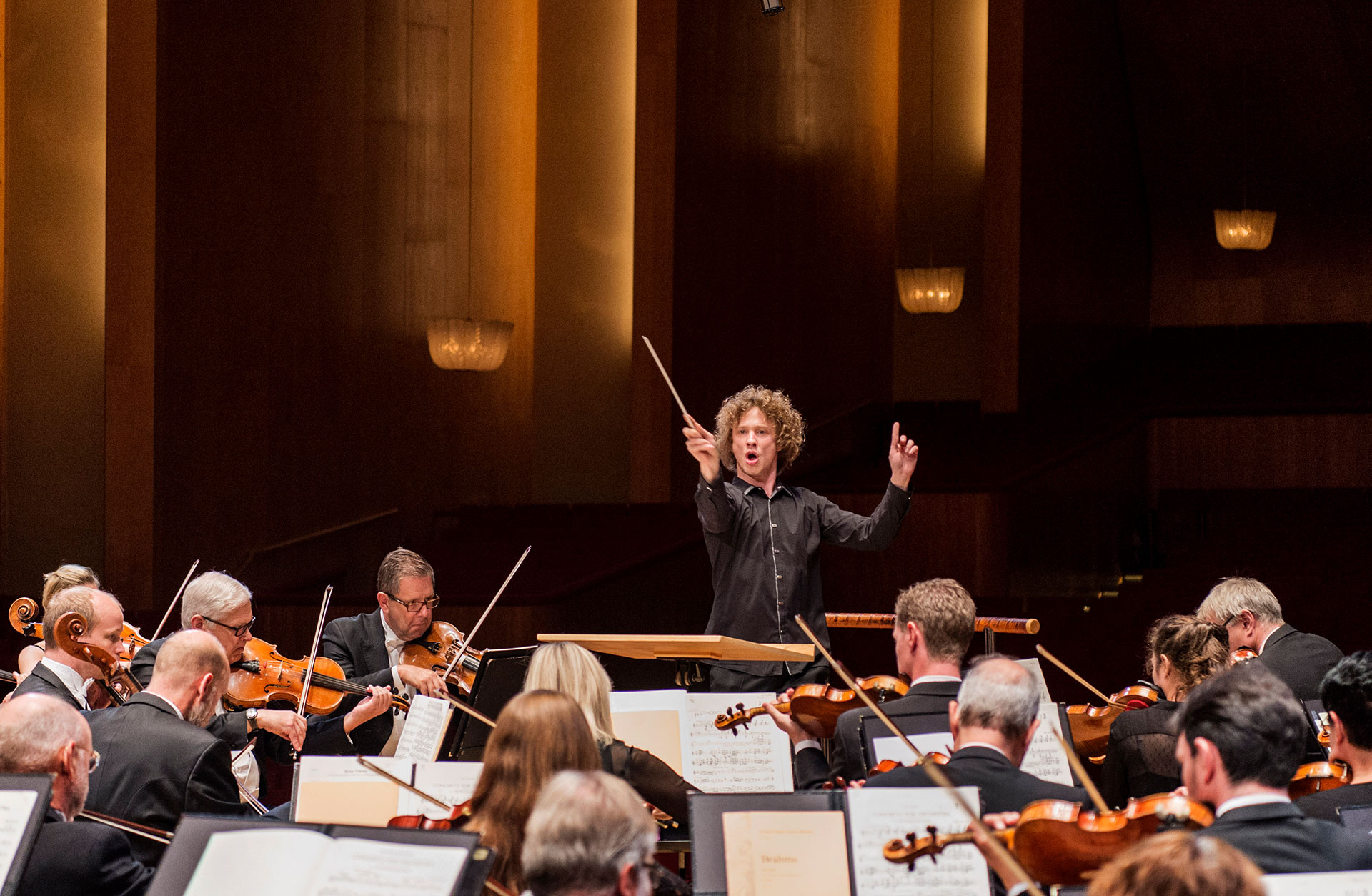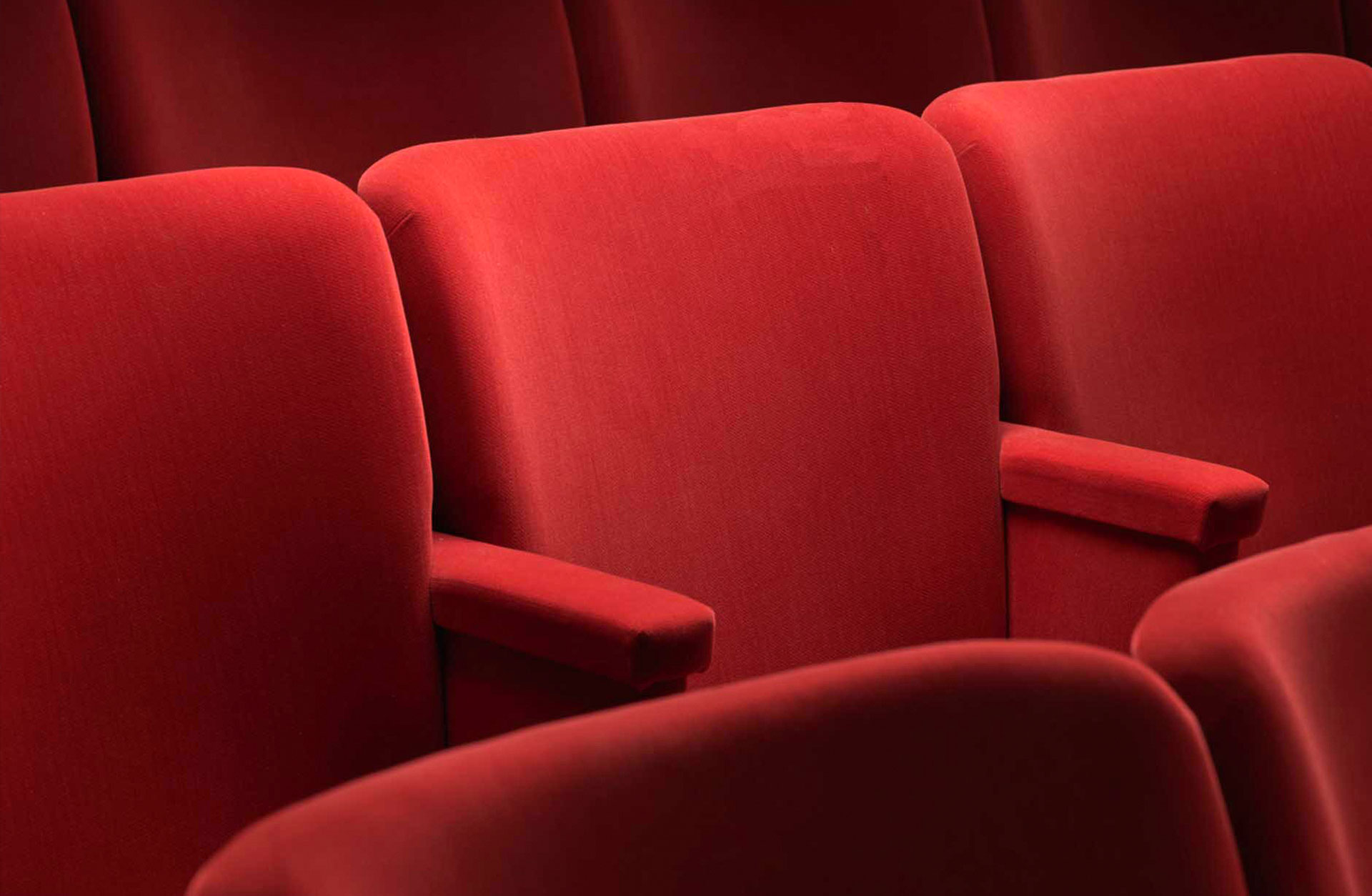Cart
Your cart is empty
Your cart is empty
List is empty
Press ESC to close the search field



Event has already taken place. Colourful surprises with the Gothenburg Symphony Orchestra, conductor Santtu-Matias Rouvali and clarinettist Kari Kriikku.
Fast-paced, masterful and full of surprising twists and turns – this is what awaits the audience when the concert begins with Kimmo Hakola’s Clarinet Concerto, with acclaimed clarinettist Kari Kriikku as the soloist.
After the intermission it is time for the premiere of a new work by composer Tobias Broström, known for his rhythmically powerful music, colourful orchestration and distinct sense of harmony. Here we get to see his first symphony performed for the first time, a premiere commissioned by the Gothenburg Symphony Orchestra.
Broström is one of the most widely performed Swedish composers of his generation. His association-rich and almost cinematically narrative music is performed by orchestras all over the world, not just in Scandinavia but also by orchestras such as the BBC Philharmonic, the Bavarian Radio Symphony Orchestra, the Konzerthausorchester Berlin, the Detroit Symphony Orchestra and many others.
This concert is led by Santtu-Matias Rouvali, Chief Conductor of the Gothenburg Symphony, so come prepared for a scintillating orchestral experience!

Get to know Kimmo Hakola’s clarinet concerto and clarinetist Kari Kriikku:
This is how music by Tobias Broström sounds:
Take a seat in the Great Hall one hour before the concert begins and learn more about the music you will soon experience! You will get the stories behind the music, knowledge of the composers and own reflections about the classical pieces. The introduction last for about 30 minutes, it is free and free seating in the hall.
Warm welcome!

Here you will find all the necessary information that you need to know about before your magical visit in the Concert Hall.
Invite yourself or someone you like to an experience for all the senses. Welcome to visit the Concert Hall's restaurant or one of our foyer bars.